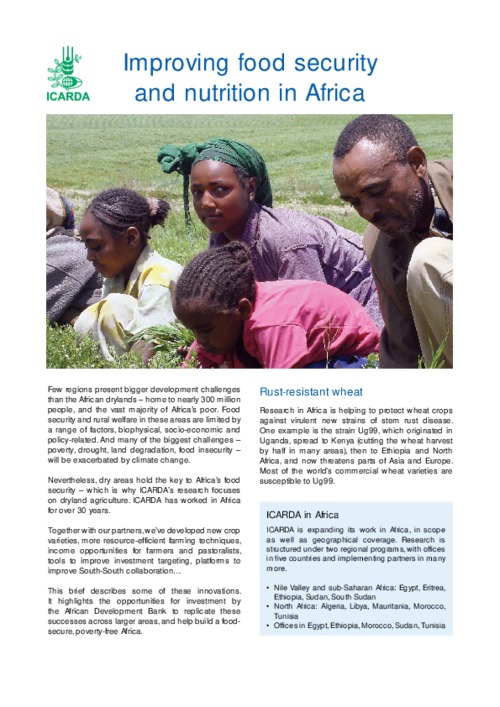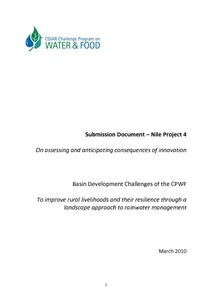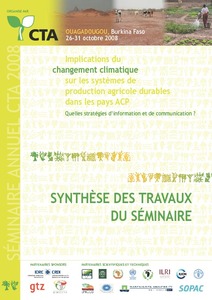Few regions present bigger development challenges than the African drylands – home to nearly 300 million people, and the vast majority of Africa’s poor. Food security and rural welfare in these areas are limited by a range of factors, biophysical, socio-economic and policy-related. And many of…
Spate irrigation, a floodwater harvesting and management system, has for the past 70 centuries provided a livelihood for about 13 million resource-poor people in some 20 countries. Despite being the oldest, the system still remains the least studied and the least understood. It is only in the…
Remote sensed imagery in combination with secondary agricultural statistic was used to map crop water productivity (WP) in the Nile River Basin. Land productivity and crop tandardized gross value production (SGVP) were calculated at administrative level using the agricultural census data. Actual…
The CPWF was designed to be different. Developed in response to a call for change in a previous round of Consultative Group on International Agricultural Research (CGIAR) system
reform, the CPWF was intended to foster cross-CGIAR cooperation and find ways to bring in new partners. Over…
IN response to an on-line survey, 76 project leaders and staff gave CPWF Phase 1 a
generally favorable review. Respondents came from 68 CPWF projects in 45 countries on
three continents. The survey sought to help learn what went well in Phase 1, what did not
go so well and can…
For over a decade, the globalisation of environmental, economic and social issues has induced rapid modification in agriculture and land. These changes raise the question of future extensive livestock systems in regards to the worldwide challenge to double livestock production by 2050 in ways…
We propose a flexible and adaptable framework to assist the quick design of models dealing with the durability of the extensive livestock systems at the territorial scale. This metamodel results from the collaborative design starting from MAS developed on 7 sites in Latin America, France and…
We propose a flexible and adaptable framework to assist the quick design of models dealing with the durability of the extensive livestock systems at the territorial scale. This metamodel results from the collaborative design starting from MAS developed on 7 sites in Latin America, France and…
For over a decade, the globalisation of environmental, economic and social issues has induced rapid modification in agriculture and land. These changes raise the question of future extensive livestock systems in regards to the worldwide challenge to double livestock production by 2050 in ways…
The project ‘Water Productivity Improvement of Cereals and Food Legumes in the Atbara Basin of Eritrea’ is an example of organization and implementation of farmers’ participatory research, conducted utilizing the available indigenous knowledge while empowering farming communities. Farmers have…
This project is about showing whether RMSs are effective. It will seek to quantify the consequences of improved RMS for community livelihoods, resource productivity, land quality, and downstream water quality and siltation. It will specifically measure the downstream, cross-scale consequences of…
Le Séminaire a mis l’accent sur des aspects pratiques et des réponses concrètes que les communautés rurales des pays ACP y apportent ou peuvent apporter à court ou moyen terme.








